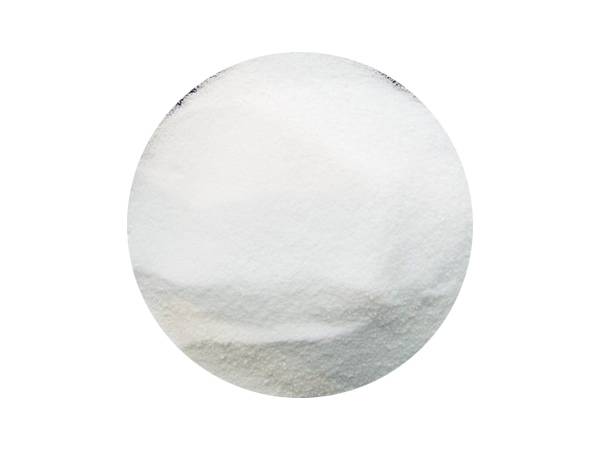



linear polyacrylamide
Understanding Linear Polyacrylamide Properties, Applications, and Future Prospects
Linear polyacrylamide (LPA) is a synthetic polymer that is derived from the polymerization of acrylamide monomers. Its unique properties have made it an essential material across various fields, including biotechnology, environmental science, and materials engineering. In this article, we will explore the characteristics of linear polyacrylamide, its diverse applications, and the future prospects of this versatile polymer.
Properties of Linear Polyacrylamide
Linear polyacrylamide is known for its water-soluble nature, which is a significant advantage for many applications. The polymer is formed through a chain reaction, resulting in long, linear molecules that can effectively interact with water molecules. This solubility allows LPA to enhance the viscosity of aqueous solutions, making it a valuable thickening agent.
One of the key characteristics of LPA is its ability to form gels. When mixed with certain agents and subjected to specific conditions, it can create hydrogels. These hydrogels are crucial in various applications, from drug delivery systems to tissue engineering. Additionally, LPA exhibits a high degree ofbiocompatibility, making it suitable for use in biological systems and medical applications.
Applications of Linear Polyacrylamide
The versatility of linear polyacrylamide has led to its widespread use in several areas
1. Biotechnology and Molecular Biology LPA is commonly used in electrophoresis, a laboratory technique for separating biomolecules such as proteins and nucleic acids based on their size or charge. The gel formed by LPA provides a stable medium for these biomolecules to migrate during the electric field application.
linear polyacrylamide

2. Water Treatment In environmental science, LPA serves as a flocculant in water treatment processes, helping to clarify water by aggregating suspended particles. This application is essential for the preparation of drinking water and the treatment of wastewater, contributing to environmental sustainability.
3. Pharmaceuticals In the pharmaceutical industry, LPA is utilized for drug formulation and delivery systems. Its ability to form hydrogels enables controlled release of medications, enhancing their efficacy and reducing side effects.
4. Tissue Engineering The biocompatibility of LPA makes it an excellent candidate for scaffolding materials in tissue engineering. Researchers are exploring its use for creating artificial tissues that mimic natural organ functions.
Future Prospects
The future of linear polyacrylamide is promising due to ongoing research and technological advancements. Researchers are continuously exploring new synthesis methods to enhance its properties and expand its applications. For instance, modifications to the LPA structure can lead to the development of stimuli-responsive materials that can change their properties in response to environmental triggers, such as pH or temperature.
Moreover, the increasing demand for eco-friendly materials may steer research toward bio-based or biodegradable alternatives to conventional LPA. This shift will likely enhance the sustainability of applications where LPA is currently used.
In conclusion, linear polyacrylamide is a multipurpose polymer with significant implications in various fields, especially where water interaction is pivotal. Its unique properties and versatility make it an invaluable resource in science and industry today. As research progresses, the potential of LPA will surely expand, leading to innovative applications that can contribute to advancements in technology, medicine, and environmental sustainability.
-
Why Sodium Persulfate Is Everywhere NowNewsJul.07,2025
-
Why Polyacrylamide Is in High DemandNewsJul.07,2025
-
Understanding Paint Chemicals and Their ApplicationsNewsJul.07,2025
-
Smart Use Of Mining ChemicalsNewsJul.07,2025
-
Practical Uses of Potassium MonopersulfateNewsJul.07,2025
-
Agrochemicals In Real FarmingNewsJul.07,2025
-
Sodium Chlorite Hot UsesNewsJul.01,2025










